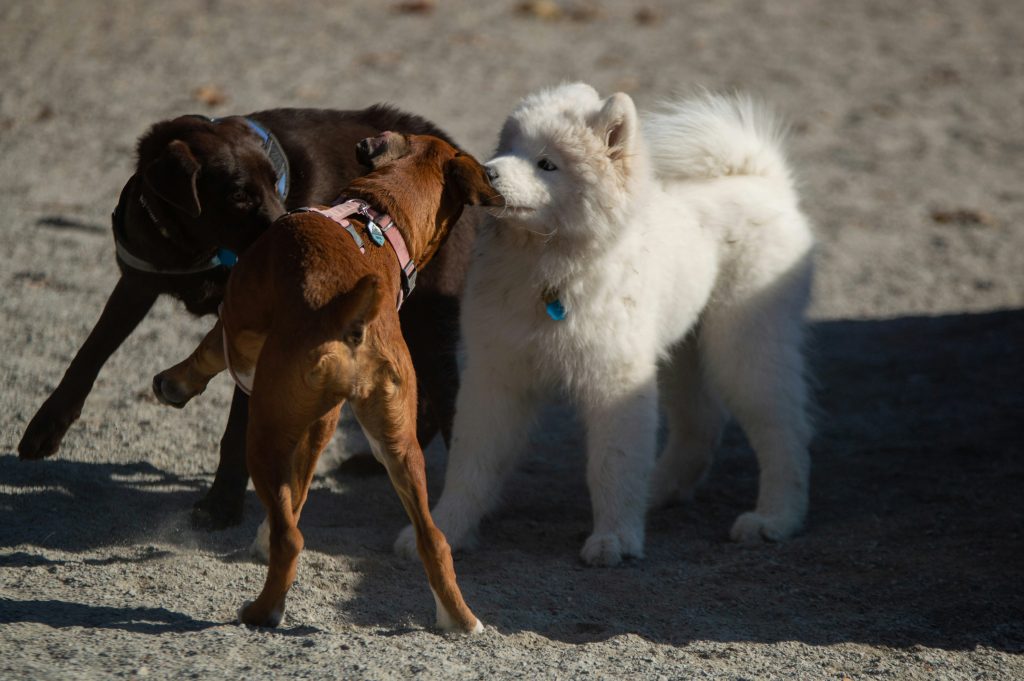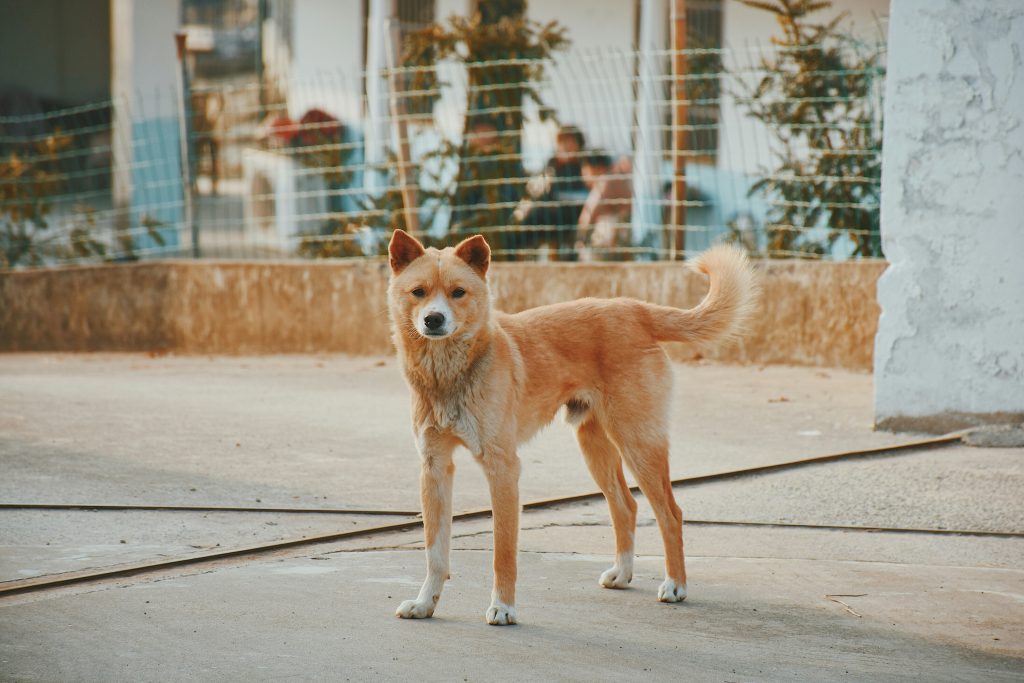Understanding Dog Play vs. Aggression
To the untrained eye, a dog play session can look a lot like a fight—teeth flashing, bodies slamming, growling echoing. But what might seem aggressive is often perfectly normal dog behavior. That said, not all roughhousing is harmless, and it’s crucial to learn the difference between healthy play and signs that a situation may be escalating into aggression.
In this post, we’ll break down the key differences between play and aggression, helping you confidently read canine interactions and intervene when necessary.
Why Dogs Play Rough
Dogs are social animals, and play is an essential part of how they bond, learn boundaries, and practice communication skills. Playful behavior helps puppies develop into well-adjusted adults and allows adult dogs to burn energy and maintain relationships.
But dogs have different play styles, and misunderstandings can happen. Some dogs love chase games. Others prefer wrestling or tug-of-war. The trick is knowing when play is mutual—and when one dog isn’t enjoying the game.
Signs of Playful Behavior
Play behavior is often exaggerated, bouncy, and punctuated with calming signals. Here’s what healthy play usually looks like:
1. The Play Bow
A universal sign of play—a dog lowers its front end, rear in the air, tail wagging. This is a clear invitation: “Let’s play!”
2. Bouncy Movements
Playful dogs tend to move in loose, exaggerated, goofy ways. They may hop, spin, or run in wide arcs.
3. Self-Handicapping
A bigger or stronger dog may tone down their movements or allow a smaller dog to “win.” This shows awareness and mutual respect.
4. Role Reversals
In a balanced play session, dogs take turns chasing or being pinned. Sharing roles helps keep things friendly.
5. Brief Pauses
Dogs often pause momentarily during play to check in, recalibrate, or cool off. These short breaks are a healthy part of social interaction.
6. Soft Facial Expressions
Relaxed faces, open mouths, and squinty eyes usually indicate fun, not conflict.
Signs of Aggression or Escalation
Sometimes, play can go too far—or it was never play to begin with. Watch for these signs of tension or aggression:
1. Stiff Body Posture
Rigid, tense bodies suggest that a dog is no longer playing.
2. Closed Mouth with Focused Eyes
When a dog closes its mouth and stares intently, it may be shifting into a more serious or confrontational mindset.
3. Snarling or Deep Growling
Some growling is normal during play, but deeper, more intense growls—especially if paired with other signs of stress—may be a warning.
4. Pinning Without Release
If one dog repeatedly pins another and doesn’t allow them up, it may no longer be consensual.
5. Targeting or Bullying
If one dog is relentlessly chasing, biting, or overwhelming another who’s trying to escape, it’s not healthy play.
6. Yelping, Hiding, or Avoidance
If a dog yelps and the other doesn’t pause or check in, or if one dog starts trying to get away and hides, it’s time to intervene.
How to Tell the Difference: Quick Comparison
| Behavior | Play | Aggression |
|---|---|---|
| Body Language | Loose, wiggly | Stiff, tense |
| Vocalizations | Playful growls, barking | Deep growls, snarling |
| Eye Contact | Brief or soft | Hard stare |
| Role Switching | Frequent | One-sided |
| Breaks | Frequent pauses | Relentless pursuit |
| Response to Yelping | Pauses, checks in | Continues or escalates |
When to Intervene
You should step in when:
-
One dog seems overwhelmed, fearful, or trapped
-
Play escalates into snapping or full-speed chasing without breaks
-
Growls shift from playful to defensive or threatening
-
There’s a significant size or age difference and play isn’t mutual
-
You see stress signals like tucked tails, pinned ears, or whale eye
Intervene calmly—call the dogs away, distract them with a treat or toy, or guide them apart for a cooldown.
Supporting Healthy Play
-
Supervise dog play—especially with new dogs or in off-leash environments.
-
Know your dog’s style—some prefer solo games or only play with specific friends.
-
Teach recall or “leave it”—so you can call your dog off if needed.
-
Pair dogs thoughtfully—match energy levels, size, and play preferences.
Conclusion
Dog play can be loud, rough, and wonderfully chaotic—but it’s also a vital form of social connection and communication. Learning to recognize the difference between healthy, joyful play and escalating aggression helps keep interactions safe and enjoyable for everyone involved. Trust your instincts, read the signs, and step in when needed—your dog will thank you.


